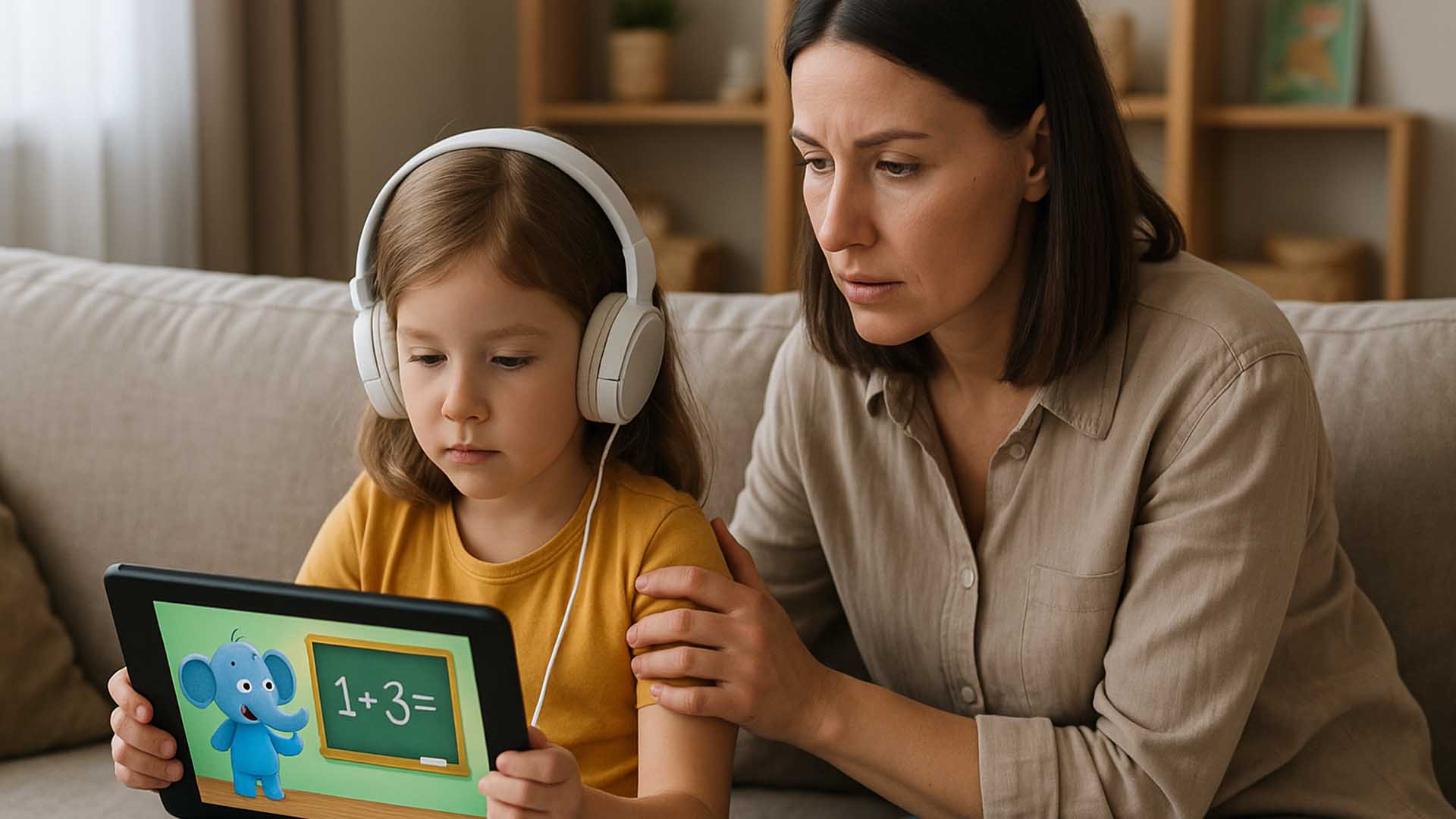In today’s digital age, audio and video streams have become an integral part of children’s lives, offering a vast array of content from educational shows and animated stories to music and interactive experiences. While these platforms provide incredible opportunities for learning and entertainment, they also present challenges for parents in terms of content quality, screen time management, and online safety. This guide aims to help parents navigate the world of audio and video streaming for their children, ensuring a safe, enriching, and balanced digital experience.
The Benefits of Educational Streaming Content
Many streaming platforms offer a wealth of educational content specifically designed for children. These programs can introduce new concepts, enhance vocabulary, and foster critical thinking skills through engaging narratives and visuals. Documentaries, science shows, and language learning series can supplement traditional education, making complex subjects more accessible and enjoyable. Interactive videos and audio stories can also stimulate imagination and creativity, encouraging children to explore new ideas and perspectives. When chosen wisely, streaming content can be a powerful tool for learning and development.
Managing Screen Time and Content Quality
One of the primary concerns for parents is managing the amount of time children spend consuming streamed content. Establishing clear screen time limits and adhering to them consistently is crucial. Equally important is focusing on the quality of the content. Prioritize educational, age-appropriate, and ad-free platforms. Look for content that encourages active participation, problem-solving, and creativity, rather than passive viewing. Many platforms offer parental controls that allow you to filter content, set time limits, and monitor viewing habits, providing a valuable layer of protection and control.
Ensuring Online Safety and Privacy
Online safety and privacy are paramount when children engage with streaming services. Parents should be aware of the privacy policies of the platforms their children use and ensure that personal information is not being collected or shared inappropriately. Teaching children about online safety, such as not clicking on suspicious links or interacting with unknown users, is essential. Regularly reviewing viewing history and discussing content with your children can help identify any potential issues and foster open communication. Utilizing kid-specific profiles or dedicated children’s apps can also create a safer, more controlled environment.
The Future of Kids’ Streaming: Trends and Innovations
The landscape of children’s audio and video streaming is constantly evolving, with new trends and innovations emerging regularly. Personalized learning experiences, AI-driven content recommendations, and interactive storytelling are becoming more prevalent. Virtual reality (VR) and augmented reality (AR) are also beginning to make their way into children’s entertainment, offering immersive experiences that can be both educational and entertaining. Staying informed about these developments can help parents make informed decisions about the best streaming options for their families, ensuring their children benefit from the latest advancements in digital content while remaining safe and engaged.
Q&A
Q1: How can I find educational streaming content for my child?
A1: Look for streaming platforms that specifically curate educational content for children, such as PBS Kids, National Geographic Kids, or dedicated educational sections within larger streaming services. Read reviews and check age ratings to ensure suitability.
Q2: What are some signs that my child is spending too much time streaming?
A2: Signs might include irritability when asked to stop, neglecting other activities like homework or outdoor play, changes in sleep patterns, or difficulty focusing. It’s important to observe your child’s overall behavior and well-being.
Q3: How can I talk to my child about online safety while streaming?
A3: Have open and ongoing conversations about what they watch and listen to. Teach them about privacy, not sharing personal information, and what to do if they encounter anything that makes them uncomfortable. Emphasize that they can always come to you with any concerns.
Sources
[1] Macaroni KID. (2025, January 6). 5 Parenting Trends That Will Rock Your World in 2025. https://enfield.macaronikid.com/articles/674f7234679fd4559d2cccf8/5-parenting-trends-that-will-rock-your-world-in-2025
[2] Mother.ly. (2025, March 5). Why modern parenting feels harder than ever—and what to do about it. https://www.mother.ly/news/viral-trending/why-modern-parenting-feels-impossible/








0 Comments